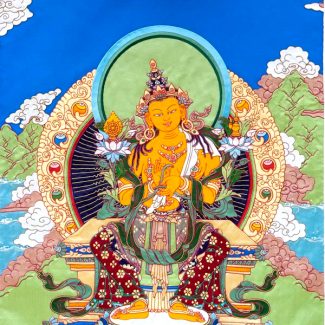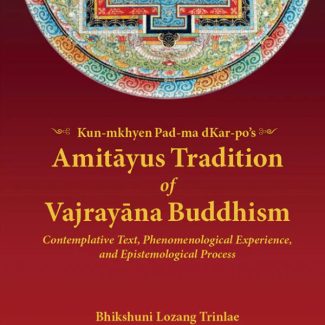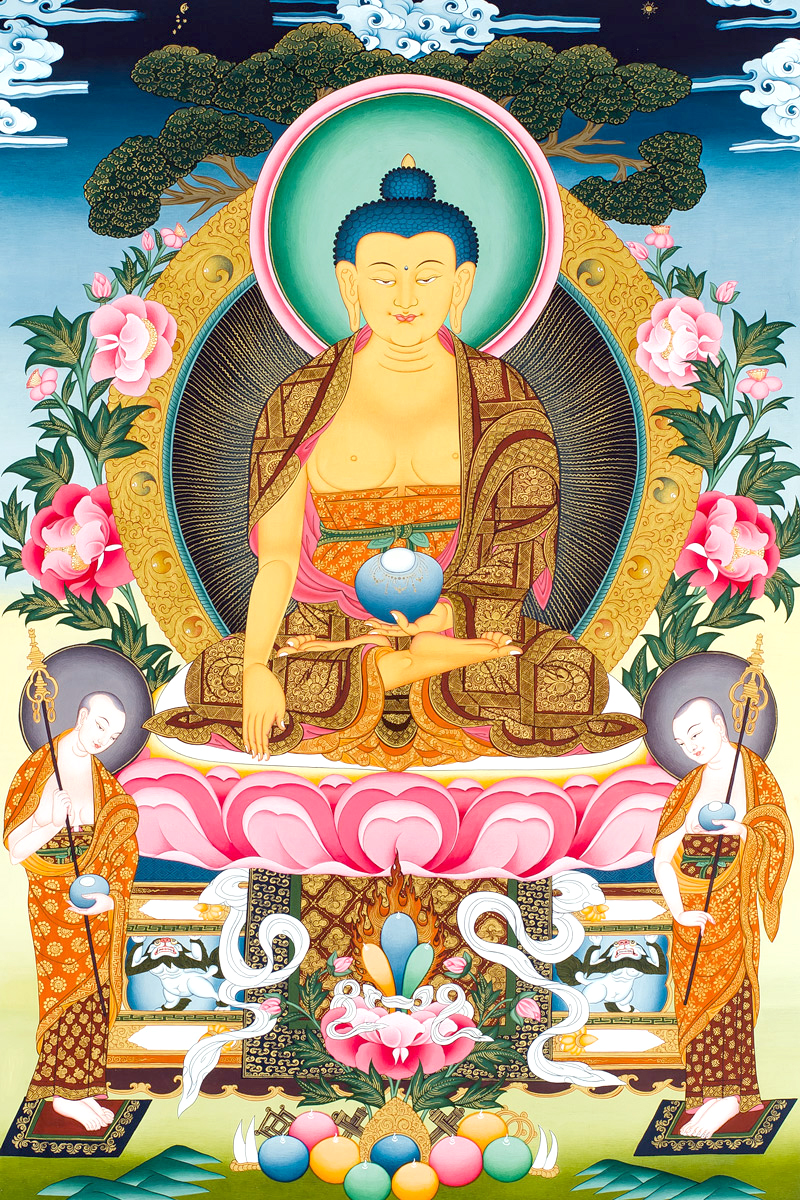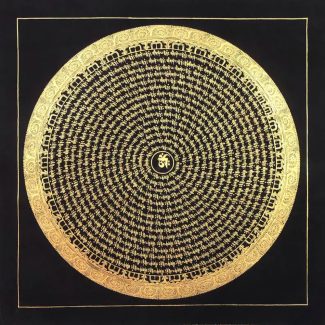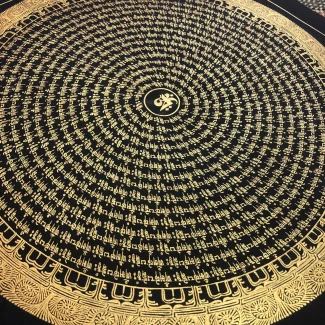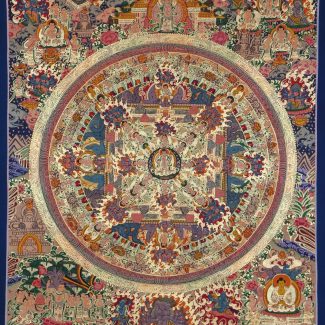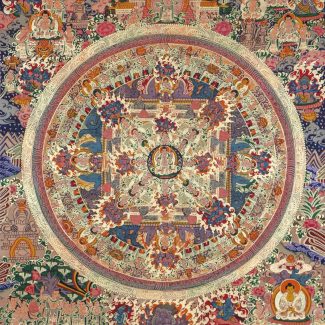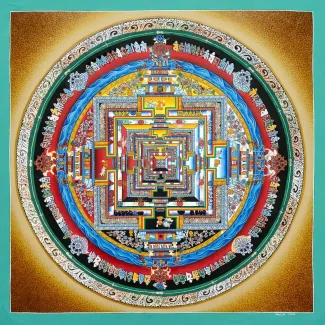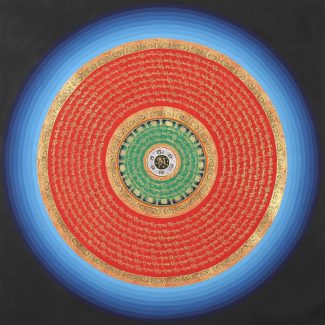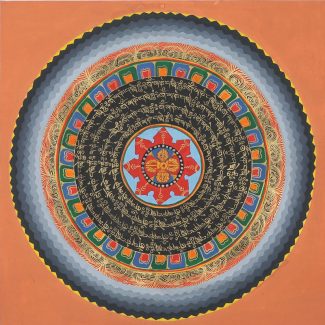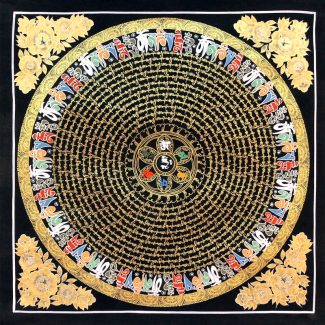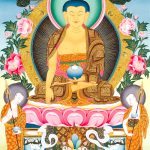| Weight | 0.1 g |
|---|
Shakyamuni Buddha Thangka Painting
$ 390.00
Sometimes referred to as Shakyamuni, Siddhartha Gautama Buddha was the spiritual teacher from whom Buddhism emanated. He is considered the first enlightened being to be visualized and regarded as the Supreme Buddha.
The Shakyamuni Buddha thangka is, besides being very beautiful, very powerful spiritually: it will grow compassion, wisdom, and peace in life when memory from the Buddha keeps reminding. Being a very propitious addition for a new office or any home or any mediation venue, this artwork will generate that calm environment with the feel inside that creates reflections and spiritual advancement.
Availability:
In Stock
Additional information

